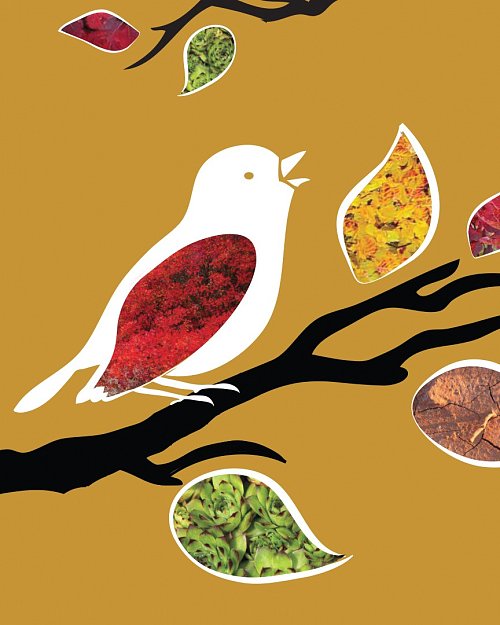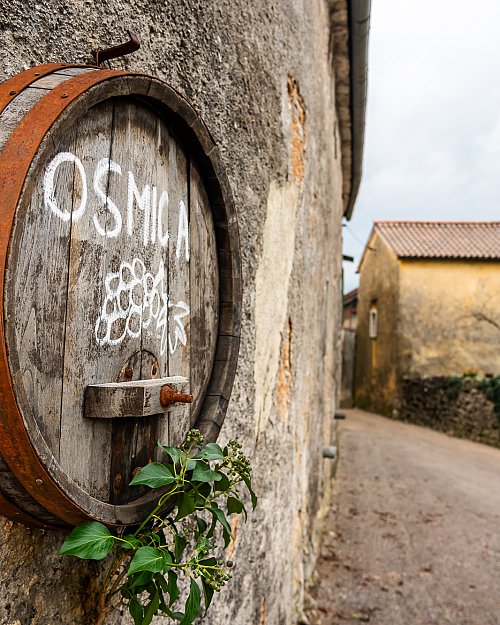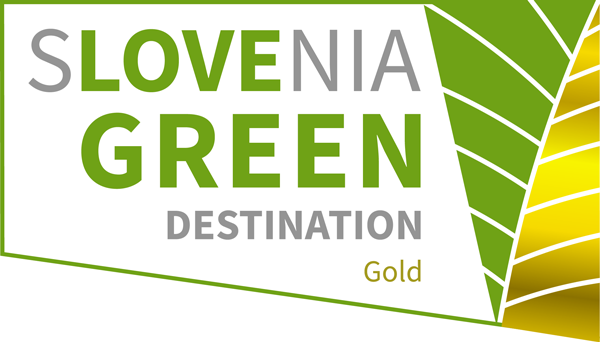
Karst Gmajna Festival
-
WhereKarst and Brkini
-
When
-
More
Festival Kraška gmajna, a unique festival of nature-based and heritage tourism, invites you to explore one of the oldest cultural landscapes in Europe. As one of the richest habitats in Europe, it offers an excellent opportunity to discover the area’s natural and cultural phenomena.
The events of the Festival Kraška gmajna mark October 6th, the International Geodiversity Day, within the cross-border Karst–Carso Geopark.
The events of the Kraška gmajna Festival mark October 6, the International Geodiversity Day, in the area of the cross-border geopark Kras-Carso.

All events of the Karst Gmajna Festival, taking place within the emerging cross-border Kras-Carso Geopark, are free of charge for visitors.










